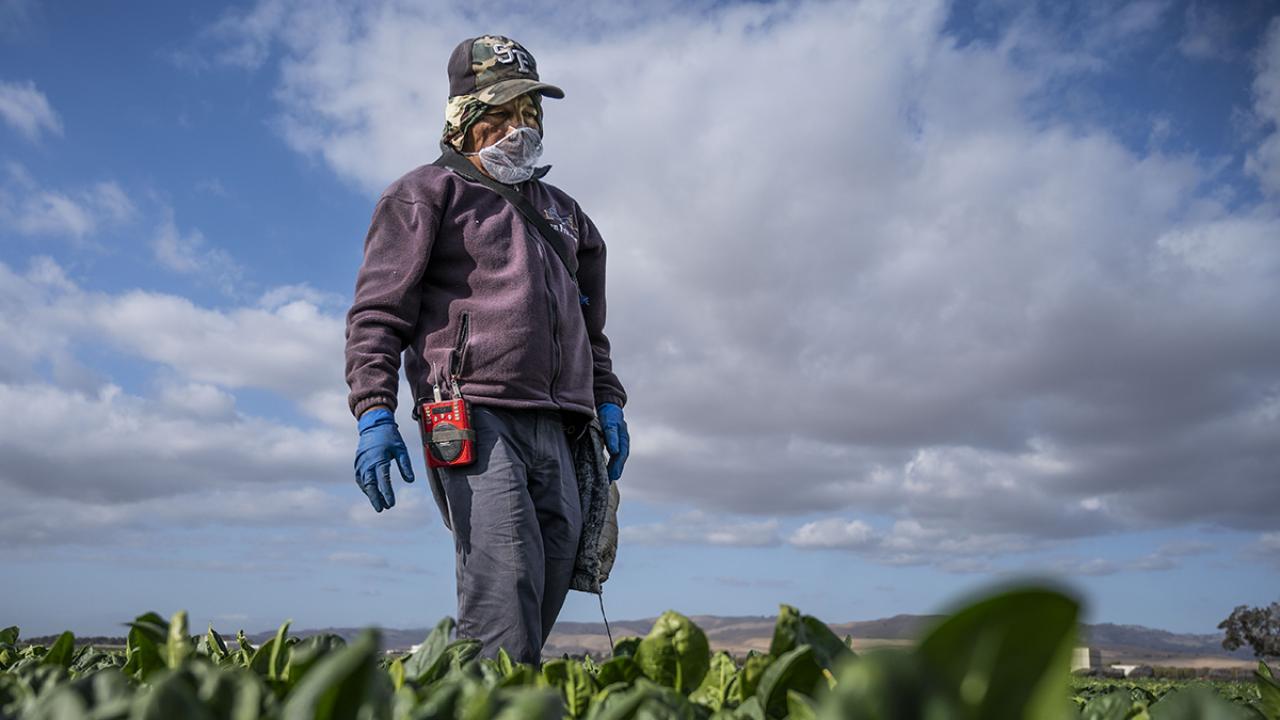
What to Do If an Employee Has COVID-19
We are still learning about COVID-19, how it spreads, the possible symptoms, and how long it takes those symptoms to appear, if at all. To protect the health of your workers and reduce the risk of infection at your worksite, it is important to talk to your employees and keep an eye on them in case they start to show symptoms at work.
Observe your workers throughout the workday (and at the beginning of each shift if you are using a screening protocol).
Encourage workers to tell a supervisor if they start to feel sick and let workers know they won’t get into trouble for doing so.
What to Do If a Worker Has Symptoms
If a worker appears to have symptoms or reports symptoms of COVID-19, employers should:
- Use appropriate PPE, which may include gloves, a gown, a face shield, and, at a minimum, a face mask (such as N95 or more protective filtering facepiece respirator), and maintain a distance of at least 6 feet from the worker.
- Separate the worker from others at the workplace immediately and send the worker home. Give the worker information about how to prevent the spread of the virus at home, such as these recommendations from the CDC. If you provide employee housing, follow these additional steps.
- Separate the worker from animals, including livestock and pets. (Note: We are still learning about this virus, but it can spread from people to animals in some situations.)
- Give the worker information on how to access medical services. Health centers or other medical providers can assess whether a patient needs further testing, which may be done over the phone or using telehealth.
- Identify anyone who has been in close contact (within 6 feet) or shared tools and equipment with that worker (including fellow workers, supervisors, delivery drivers, vendors, farm family members, etc.) and inform them of their possible exposure to COVID-19, but maintain confidentiality and do not disclose the name of the infected worker (as required by the Americans with Disabilities Act (ADA)).
- Instruct fellow workers about how to proceed based on the CDC Public Health Recommendations for Critical Infrastructure Worker Exposure.
- Clean and disinfect the work area, equipment, common areas used (break areas, bathrooms, vehicles, etc.), and any tools handled by the symptomatic worker. Do not allow other workers to use these areas until cleaning and disinfection have been completed using EPA-approved disinfectants (e.g. diluted bleach solutions, 70% alcohol solutions).
- Work with state, local, tribal, and territorial health officials to help with the identification of other exposed and potentially exposed individuals, such as coworkers. Cal/OSHA recommends notifying local health officials upon learning that someone has a COVID-19 infection. These officials will help employers determine a course of action.
For additional information on what to do if you suspect someone has been exposed to the virus and return-to-work guidance, see the CDC recommendations here. For the complete list of CDC Recommendations for Agricultural Workplaces, click here.
This article is based on the Worker Occupational Safety and Health Training and Education Program (WOSHTEP) administered by the Commission on Health and Safety and Workers' Compensation in the California Department of Industrial Relations through interagency agreements with the Labor Occupational Health Program at the University of California, Berkeley; the Western Center for Agricultural Health and Safety at the University of California, Davis; and the Labor Occupational Safety and Health Program at the University of California, Los Angeles.
